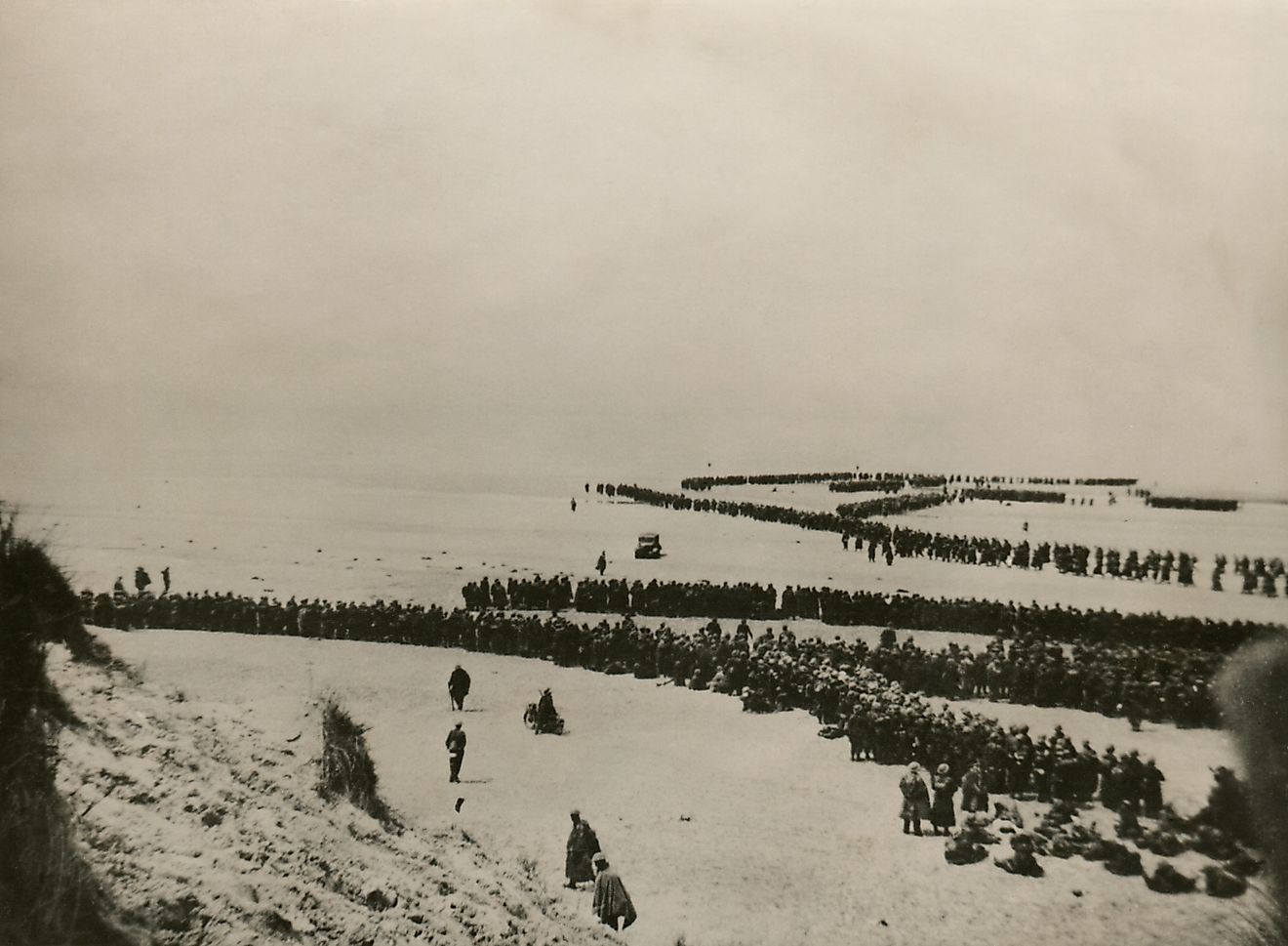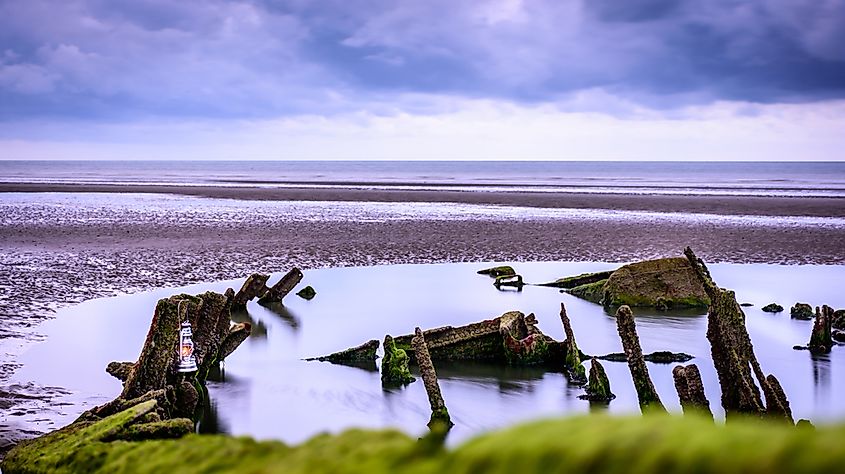What Was The Battle Of Dunkirk?

- The trapped soldiers on the Dunkirk beach were only 21 miles (33 km) away from safety, as they could almost see England across the canal.
- BEF stands for British Expeditionary Force.
- More than 338,000 soldiers were evacuated from May 26 to June 4, 1940, in a rescue mission known as Operation Dynamo.
In 1940, on the shores of the North Sea in the French port of Dunkerque, a massive evacuation of troops happened. Escaping the horrors of World War II, almost 350,000 soldiers were saved by ships and transferred from France to Great Britain.
The Battle of Dunkirk was a battle to save lives. After Germany invaded northern France in May of 1940, thousands of soldiers had to relocate and change their position because the strategy changed. There was no way that the line of defense could have been held so high up north in France, and after Queen Wilhelmina had to leave the country, on May 13, the Dutch army had to surrender to the Nazis.
So Close, Yet So Far Away From Home
Before the Dutch army had to raise the white flag, the British government already planned Operation Dynamo. In a rescue operation, they recruited every possible vessel they could find, including small civilian ships. What made this situation so hard is the fact that the canal that divided France and England was so easy to pass - it was only measuring 21 miles (33 km).
And yet, hundreds of thousands of soldiers were holding on to their lives, practically seeing the ground of salvation across the sea. The even greater problem was that the enemy was aware of the troops literally trapped on the beaches of Dunkirk.
Salvation: Operation Dynamo
Operation Dynamo was run by Admiral Bertram Ramsay, and the person controlling the action on the ground was Captain William Tennant. Tennant quickly realized how dangerous a task was ahead of him because the port of Dunkirk was quite devastated. There were no boats that could be used, and the docks were no good either, so they had to improvise.

Once the rescue operation was already underway, Tennant saw how the entrance to the harbor should be utilized, because picking up the soldiers in distress directly from the beach looked impossible. Instead, the eastern part of the beach was used, while the troops and the rescue mission figured out how to get troops on board.
They used a long wooden boardwalk, which was wide enough for soldiers to walk on. However, this process was slow, and it further complicated the whole operation. All of this lasted from May 26 to June 4, because the troops on the Belgian ground had to defend from the bombers and airstrikes that were started by Germans, who almost reached their location.
‘’BEF Evacuated’’
During the 10 days, so many lives were saved. With a lot of help from hundreds of civilian boats that fearlessly set sail for Dunkirk, about 198,000 British soldiers survived. With them, another 140,000 troops belonging to the French and Belgian army. The action would not have been such a success if the air fighters on the side of the Allied forces did not do such an excellent job in providing support from the air.
Most of the British Expeditionary Force was now saved, and Tennant could finally contact Admiral Ramsay with a message ‘’BEF evacuated.’’ World War II was far from being over, but the soldiers lived to fight another day, after facing an impossible situation.











